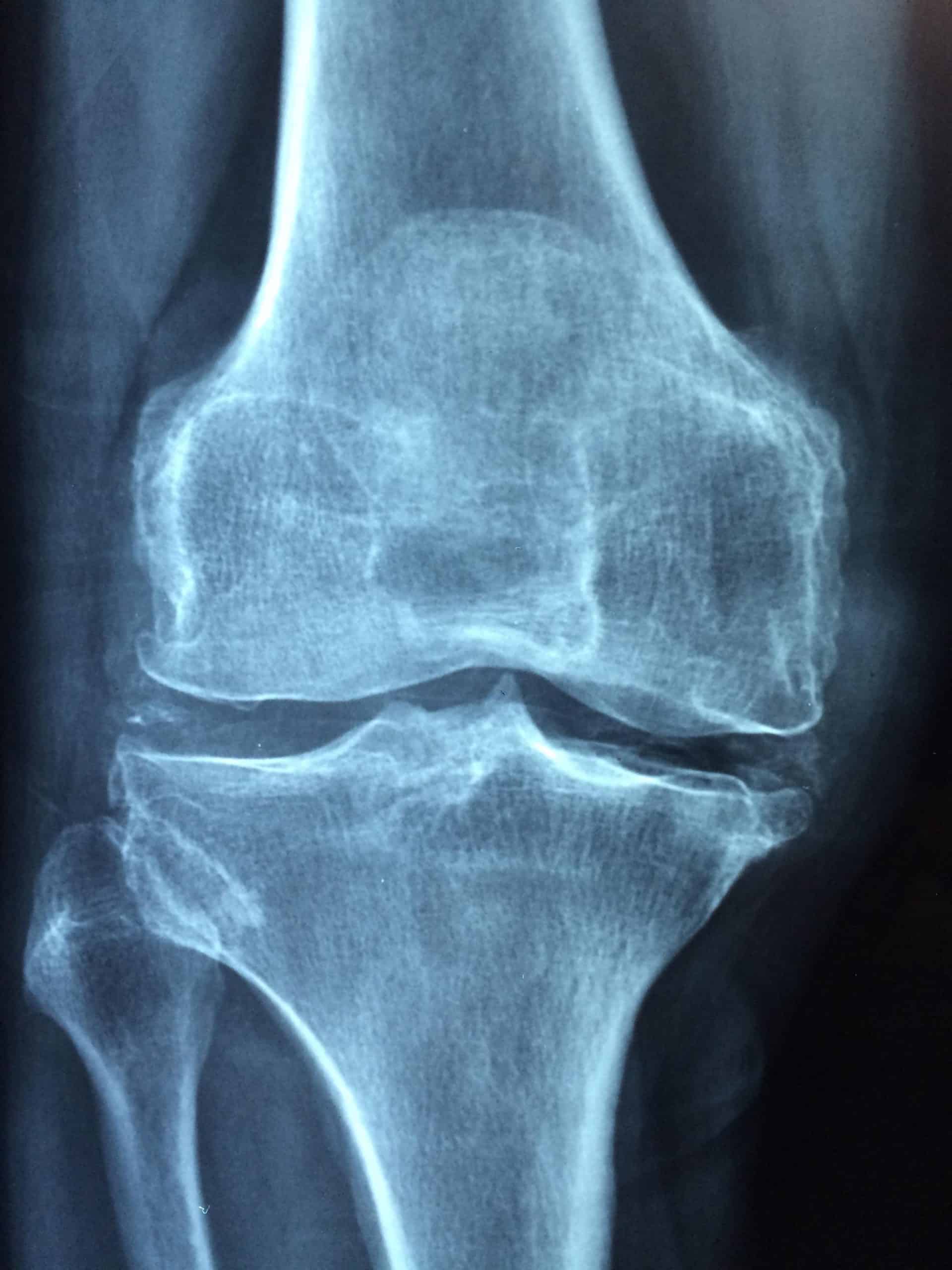
What to Expect From a Diagnosis of Osteoporosis
May is Osteoporosis Awareness and Prevention Month, so let’s talk about what to expect from a diagnosis of osteoporosis. Many of our patients in hospice in San Francisco and elsewhere suffer from osteoporosis, which is actually quite a common condition in older populations. About 200 million people have osteoporosis globally, and about 54 million people have it in the United States, according to the Cleveland Clinic. While both men and women can get it, women are actually four times more likely to get this disease than their male counterparts.
Defining Osteoporosis
Osteoporosis is a condition that weakens bones, so much so that they are more susceptible to sudden or unexpected fractures. Many people don’t even know they have this disease until their bones fracture, as it often progresses with no symptoms or pain. Osteoporosis causes bones to become so weak and brittle that a fall or even something as mild as bending over or coughing can result in fracture, says the Mayo Clinic. The most common bones to break are the wrist, hip, and spine.
Bone is living tissue. It breaks down constantly and gets replaced as part of the natural order of things. But osteoporosis sets in when the creation of new bone cannot keep up with the loss of the old bone. While it affects all races, older post-menopausal white and Asian women have the highest risk. There are ways to prevent further bone loss, such as through the use of medications, a healthy diet, and weight-bearing exercises.
Treatments: What to Expect
Treatments will be based on an estimate of a person’s risk of breaking a bone in the next 10 years, utilizing information gleaned from a bone density test. If you’re not at high risk, your treatment may not include medication but rather lifestyle modifications to lessen the risk of falls and bone loss. If your doctor does prescribe medication, it may be one of the following:
- Alendronate
- Ibandronate
- Risedronate
- Zoledronic acid
Side effects can include abdominal pain, nausea, and heartburn-like symptoms.
Other medical treatments may include hormone-related therapy such as estrogen, or bone-building medications like Teriparatide, Abaloparatide, and Romosozumab.
Typically, though, osteoporosis can be dealt with by incorporating some key lifestyle and home remedies to reduce the chance of broken bones, such as:
- Refraining from smoking: Smoking will increase your rate of bone loss and the risk of fracture.
- Limiting alcohol. Do not consume more than two alcoholic drinks a day, as any more than this can decrease bone formation. Plus, you’re at a higher risk of falling when you are under the influence of alcohol.
- Preventing falls. Wear comfortable, secure, low-heeled shoes with nonslip soles. Make sure there are no wayward electrical cords in your home. Check for area rugs and slippery surfaces that could pose a fall risk. Make sure rooms and hallways are brightly lit and install grab bars in your shower.
There are usually no symptoms in the early bone loss stages but as the condition advances, you may experience:
- Back pain due to a fractured or collapsed vertebra
- Loss of height as you get older
- Stooped posture
- Bones that break more easily than expected
Visiting the Doctor
There are several things you can do to prep for your visit to the doctor. Be sure to:
- Take note of symptoms you or others close to you have noticed. If you have no symptoms, that’s OK too. Many people don’t.
- Write down important personal information and medical history, including major stressful events or life changes.
- List out your medications, as well as vitamins and supplements, along with the doses.
- Write down some questions to ask the doctor.
Those questions could include:
- Should I be screened for osteoporosis?
- Am I at risk for osteoporosis?
- What treatments are available?
- What side effects can I expect from medication?
- Are there alternatives to those medical treatments?
- How can I manage osteoporosis and my other health conditions?
- Should I restrict my activities?
- Should I change my diet?
- Should I take supplements?
- Can I engage in a physical therapy program?
- How can I prevent falls at home?
Some questions your doctor may ask you include:
- Have you broken any bones since the last time I saw you?
- Can you describe your diet, particularly when it comes to your dairy intake?
- Are you getting enough calcium and Vitamin D?
- How often do you exercise and what type of exercise do you engage in?
- Have you fallen?
- How is your balance?
- Is there a history in your family of osteoporosis?
- Have one of your parents ever broken a hip?
- Have you had stomach or intestinal surgery?
- Have you taken corticosteroid medications in pill, injection, or cream form?
Answer these questions to the best of your ability. The more honest you are, the better treatment results you can expect.
Contact Pathways Home Health and Hospice
Osteoporosis affects many of our hospice program patients, and we take all steps to reduce fall risks and manage medications. Find out more when you call us at 888-978-1306.

